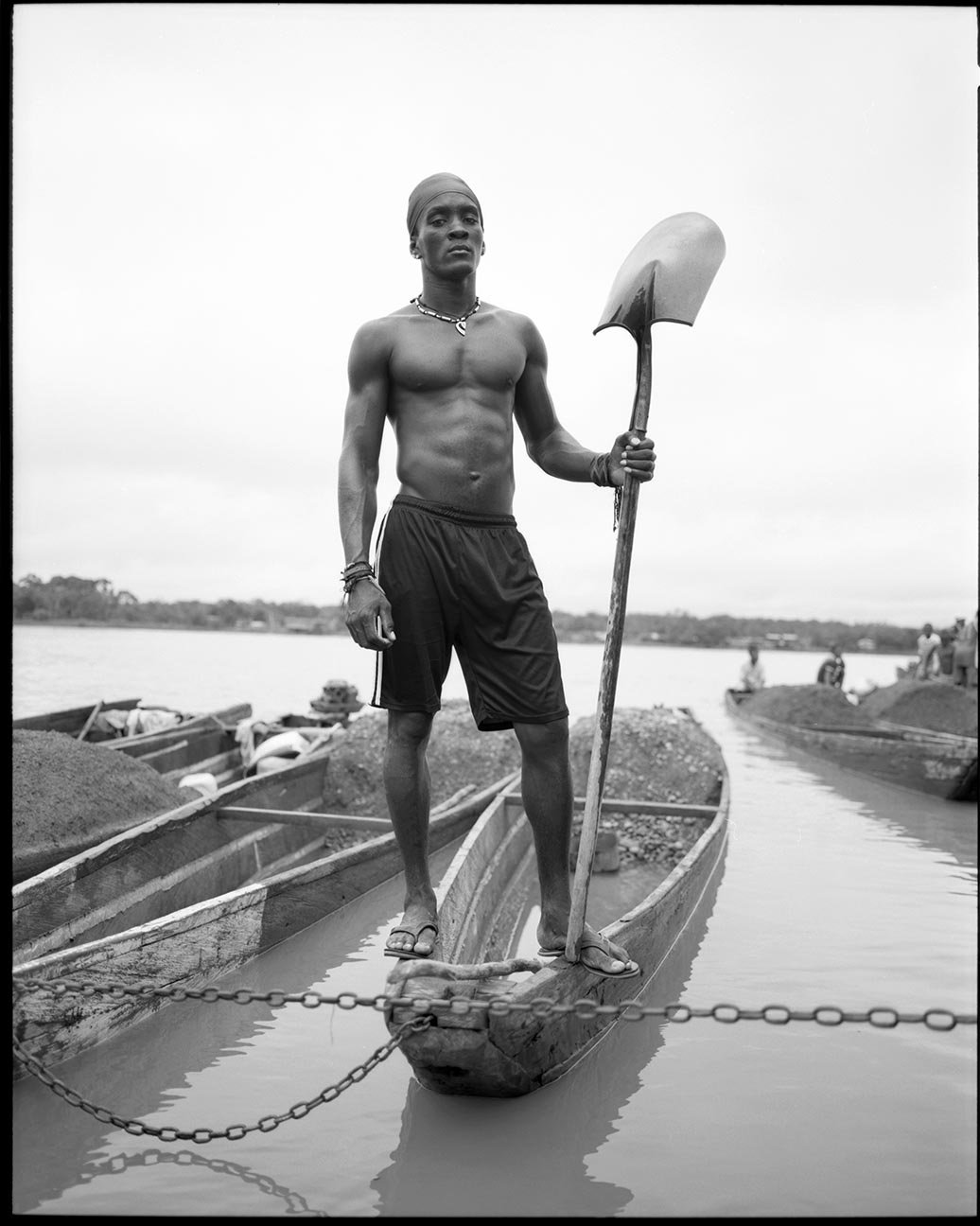PHOTO CONFESSIONAL: Kike Arnal
CHOCÓ 2011
IF YOU WEREn’T A PHOTOGRAPHER, WHAT OTHER PROFESSION WOULD YOU PICK?
It is hard to tell, but maybe a career like architecture .
WHAT HAS BEEN THE MOST CRUCIAL DECISION YOU HAVE MADE IN YOUR CAREER’s DEVELOPMENT?
Moving from Caracas to New York in the late nineties to pursue a photojournalism career.
AT WHAT POINT DID YOU FEEL YOU WERE A PHOTOGRAPHER, AND WHAT MADE YOU THINK THAT WAY?
I thought I was a photographer before I really knew how to take pictures. I believe I started being a photographer for real when I moved to New York in the late nineties. I learned a lot during those early years in New York.
MANUEL, ANGOSTURA 2009
HOW IMPORTANT IS RESEARCH IN YOUR WORK?
Ultimately important. My process is as follows: first, I fall in love with an idea (project), second, I get immersed and do research, third I go and shoot.
HOW DO YOU RELATE TO YOUR EDITOR?
The relationship with the editor (in many cases, the photo editor) is critical when working for a magazine. I always try to pay as much attention as possible to what the publication needs.
IS THERE A PHOTOGRAPHER/ARTIST WHO IS A CONSTANT REFERENCE FOR YOU?
There have been many photographers who have inspired me throughout my career, all of them of very varied styles and trends. The list is long and includes Eugene Smith, Diane Arbus, Robert Frank, Philip Jone Griffiths, Sebastiao Salgado, Eugene Richards, Barbara Brandli and especially Richard Avedon.
WHO DO YOU PHOTOGRAPH?
I photograph mostly unknown people who are on the margins of society.
WHAT WOULD YOU NOT WANT TO PHOTOGRAPH?
In the present circumstances and if given the opportunity, I would photograph things that I never had an interest in in the past. That is, the kind of work that if I had known when I started as a photographer that they were going to be part of my professional menu, I don't think I would have become a photographer. But because of the difficulties in our field today, I would probably take these kind of subjects or contracts.
AMAZON RIVER TRAVELERS , JEXON MORENO, ERIANGELIS, AND DAUGHTER JEXIMAR ROMERO 2022
WHAT EQUIPMENT DO YOU USE, AND WHAT IMPORTANCE DO YOU GIVE TO TECHNIQUE?
I mostly use Canon cameras and lenses. There are a few projects that I still shoot on film with a Mamiya 7 II medium format. I don't believe gear is as important as many think, but technique is a different story. Without technicals skills you can't get the photographs you want. Technique is categorically important.
WHAT IS THE STARTING POINT OF YOUR CREATIVE PROCESS?
Falling in love with a project and studying it as deep as possible.
EDWIN 2011
HOW DO YOU DEFINE YOUR PHOTOGRAPHIC STYLE?
I am a documentary photographer who prioritizes the use of environmental portraits to tell stories. I may be a very classical style photographer.
ARE YOU INTERESTED IN ANY OTHER AREA OF PHOTOGRAPHY?
I am interested in all sorts of photography, but lets say that I tend to be interested more on images that include people.
WHAT WOULD YOU SAY TO A NEW PHOTOGRAPHER WHO IS JUST STARTING OUT?
Don’t become a professional photographer unless you can’t live without taking photos.
CARCEL , CUSCO 2013
KIKE WILL SOON TEACH A WORKSHOP IN MEXICO IN PARTNERSHIP WITH LONG DISTANCE PHOTO EXPEDITIONS ABOUT VOLADORES. in harmony with local customs, it will offer a unique experience to immerse oneself in the traditional manifestations of the region. take a look at his amazing work about voladores and get more information here https://longdistancephotoexpeditions.com/workshop/los-voladores/
SUGERENCIA: AQUI PON LA “FICHA TECNICA” DEL VIAJE: FECHA, DESTINO, CUANTOS DIAS, ETC.
ABOUT Kike
Kike Arnal is a photographer and videographer who has produced essays in the Americas, the Middle East, Asia, and Europe. His photographs have been published in The New York Times, National Geographic, Life and Mother Jones among others. Arnal directed and produced several documentaries, including a short film for Discovery Channel Canada about a malaria epidemic among indigenous people in a remote area of the northern Amazon. In April 2011, Kike had a solo photography exhibit at the United Nations in New York City and in Geneva, Switzerland about the impact of cluster bombs on civilians.
Arnal has published three documentary photo books. In The Shadow of Power (Edizioni Charta, 2010) is a book about poverty and wealth discrepancy in Washington D.C. Voladores [“The Flyers”] (Editorial Meristemo, 2014) is a large-format book documenting a pre-Hispanic indigenous ritual dance in Mexico. Bordered Lives (The New Press, 2015) focuses on transgender culture in Mexico City.
Kike has worked for a wide range of commercial and non for profit clients, including Leo Burnett, Coca-Cola, LAN Airlines, ARCUS Foundation, The World Bank and the United Nations.


















